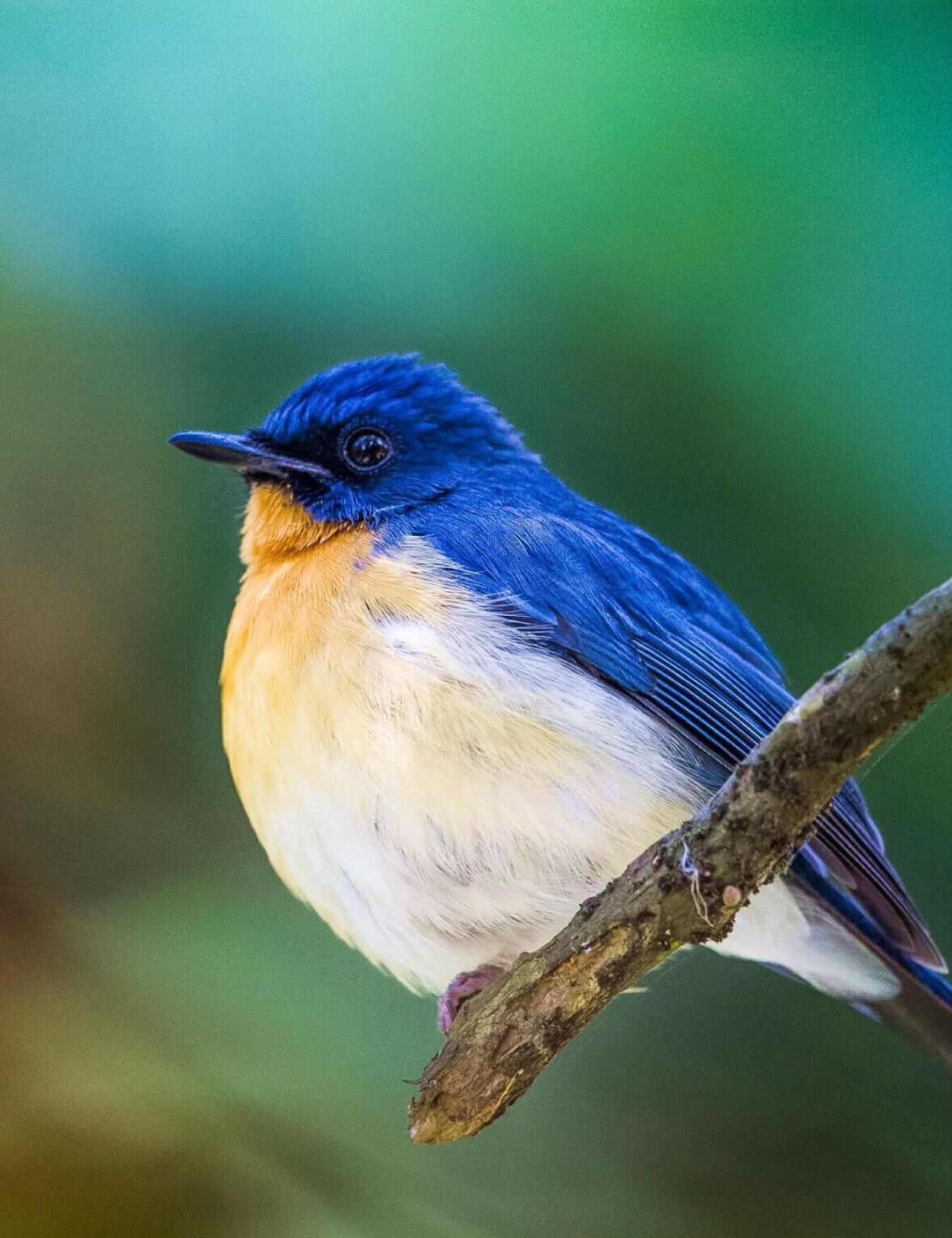Amboseli
- Kenya
Overview
One of the best spots in Africa to see big herds of elephants up close is Amboseli, which is a Maasai word that means “salty dust.” Here, nature enthusiasts can discover five distinct habitats, including the dried-up lake bed of Lake Amboseli, wetlands with sulphur springs, savannah, and woods. They can also go to the nearby Maasai community to experience the real Maasai way of life.

Best Time to Visit
The greatest time to see wildlife in Amboseli is typically thought to be during the dry season, which lasts from June to October. When there is minimal precipitation, wildlife flees to the park’s marshes, where year-round permanent subsurface water wells up from Kilimanjaro.
Park Closure
Open: All Year Around
Safari Options: Balloon Safari, Jeep Safari.

Fauna
Amboseli is most famous for its elephant population; over 1,000 live in the park’s fragile eco-system, and records show them to be amongst some of the biggest elephants in Africa. The park is also home to more than 50 other mammal species, including lion and cheetah, plus herds of zebra, wildebeest and their predators. Over 400 species of birds have been recorded here, amongst them pelican, flamingo, ostrich and over 47 species of raptor.
Flora
Amboseli national park is home to over 300 plant species that are distributed across the national park. The open plain plants, the Acacia woodlands, the rocky thorn bush, and the swamps are dominated by the papyrus and Cyperus. Other plants include the Sueda Monica, Ornithogalium Donaldson, Acacia, and many more. The semi and permanent water catchment areas like swamps have their own distinctive plant species. Amboseli national park plants are also composed of leguminous trees that are found in areas with high carbohydrate levels.

How to get there ?
By Air
Related Tour
Price starts from
₹2,58,000
Tour Date
- May 04-10, 2024 (Sold Out)
- May 19-25, 2024 (6N 7D)
